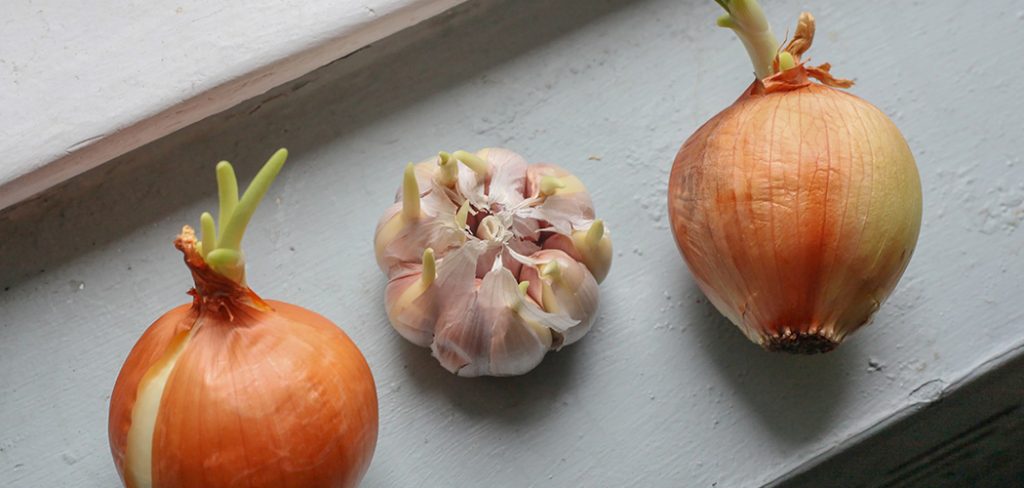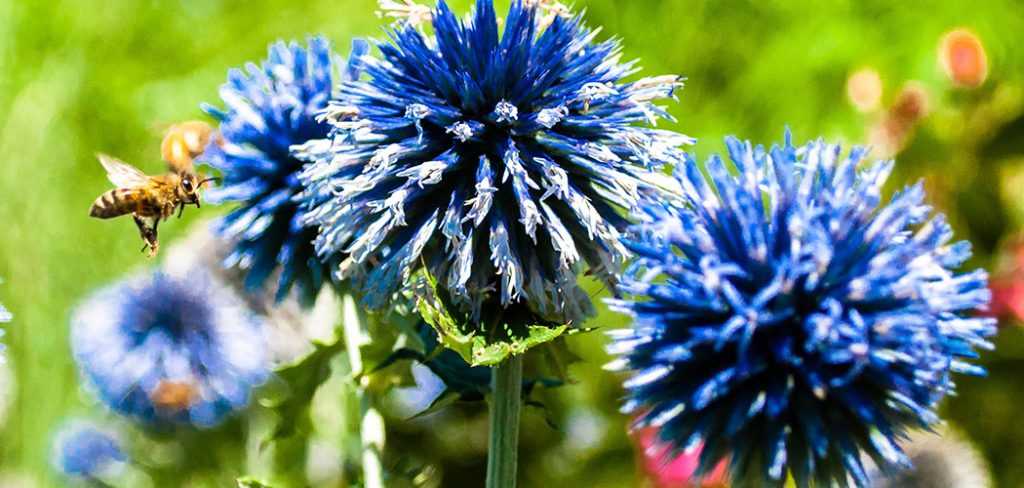This article focuses on how to water cactus plants, offering insight on steps that should be followed when planting your home plants. The following are the main things that you should bear in mind when caring for your cactus plants, let’s us find out how often should you water your cactus plants.
Cactus planted as home plants is a trend that is on the rise today. Cactus can survive in very arid environments sue to their long roots that reach deep in search of water. The natural habitat of cactus is the desert; consequently,they do well in areas where there is a lot of light, proper drainage, low moisture, and temperatures that high enough. Still, there are certain varieties of cactus, such as the Schlumbergera that favorsemi-shade as well as humid conditions due to their native rainforest environment. To care for a cactus plant, it is often best that you try mimicking their natural habitat.
Watering Your Cactus plants
Many people believe that cactus plants require a minimal amount of water when they are growing up. They are undoubtedly excellent when it comes to storing water in their eaves as well as stems. This characteristic allows cactus plants to survive in dry and arid habitats, and they will certainly not survive with little water. Watering your cactus plants is very important, and it will determine how well your cactus plants will grow. If you overwater the cactus, it will have stunted growth, and shriveling will occur to the cactus plants if they are under-watered.
When watering your cactus plants, you should use tepid rainwater instead of tap water. This is mainly because tap water contains minerals that will build up in the soil and leave deposits on the cactus’ foliage. Minerals also act as barriers to the free flow of essential nutrients to the cactus plant.
Growing Seasons
The growing season begins, usually, in the Spring and Summer, watering of the cactus should be once a week. A good soaking of the soil is a requirement, so you need to keep this in mind when watering your cactus plants. This will allow drainage of excess water. Also, between each watering, you should allow the compost to dry out a little.
The routine for feeding the cactus plants is once a month, and a relevant feed is a requirement with the right formula. This will help the plants in maintaining healthy growth, producing better flowers, and increased tolerance to diseases.
During autumn and winter, the plants enter the resting period. During this time, you should minimize watering your cactus plants to allow the potting mix to dry, involving the watering. The environment in which the cactus plants grow, as well as the succulent variety, plays an important role when determining the regularity of watering. Cactus that flowers during the winter period require warm temperatures and regular watering. However, cactus grown in the dessert can be left without water. Feeding cactus is not a must during this period.
Read my other article on Herbs planter box.
Re-potting your Cactus Plants
if you want to re-pot your cactus plant, then the best time to do this is around spring. When re-potting;
- You need to first water the cactus plant and allowing them to properly drain prior to cautiously removing from the pot. Use folded paper to protect your hands against the plant’s spikes.
- Remove the old soil from the plant’s roots using a thin stick so that you do not damage the roots
- You need to put potting mix, a layer of it, in the new pot having a some what larger diameter, then set the plant on the pot.
- Filling the pot with more potting mix should follow as well as firming down.
- Wait for a few days before watering to prevent the rotting of the damaged roots.
Useful Information to be Aware of when Growing Cactus Plants
Proper lighting, ventilation and the right temperature
Cactus plants do well in the right lighting conditions, therefore is suitable for your plants if they are in a bright place. You should exercise caution, though, as too much sunlight is harmful to your plants as this will make them turn color to yellow. The right amount of sunlight varies with different varieties of cactus plants, so you should know the variety you choose to grow.
Months in the winter and autumn periods are frigid, so the plants should maintain a cold temperature of 8-10oC during night time. During the periods of spring and summer, your cactus plant will require proper ventilation; however, they will survive the high temperatures.
Compost
Compost that drains freely is suitable because of the added sand and girt for maximum drainage. This compost also has the required nutrient level for the cactus plant.
You will be guaranteed the best care for your cactus plant if these conditions are adhered to. The most important thing to remember is that you must recreate the natural habitat always.
Conclusion
Many people believe that cactus plants require a minimal amount of water when they are growing up. When watering your plants, you should use tepid rainwater instead of tap water. This is mainly because tap water contains minerals that will build up in the soil and leave deposits on the cactus’ foliage.
The routine for feeding the cactus plant is once a month, and a relevant feed is a requirement with an excellent formula. Therefore, the environment in which your home plants grow plus the succulent variety plays an important role when determining the regularity of watering. Cactus plants do well in the right lighting conditions, therefore is suitable for your plant if they are in a bright place.
The most important thing to consider when you are growing and maintaining your cactus is that you need to treat them like they are in their natural habitat. This trick will ensure that your home plant grows healthy to compliment your home beautifully.
Read my other post on sustainable farming.

